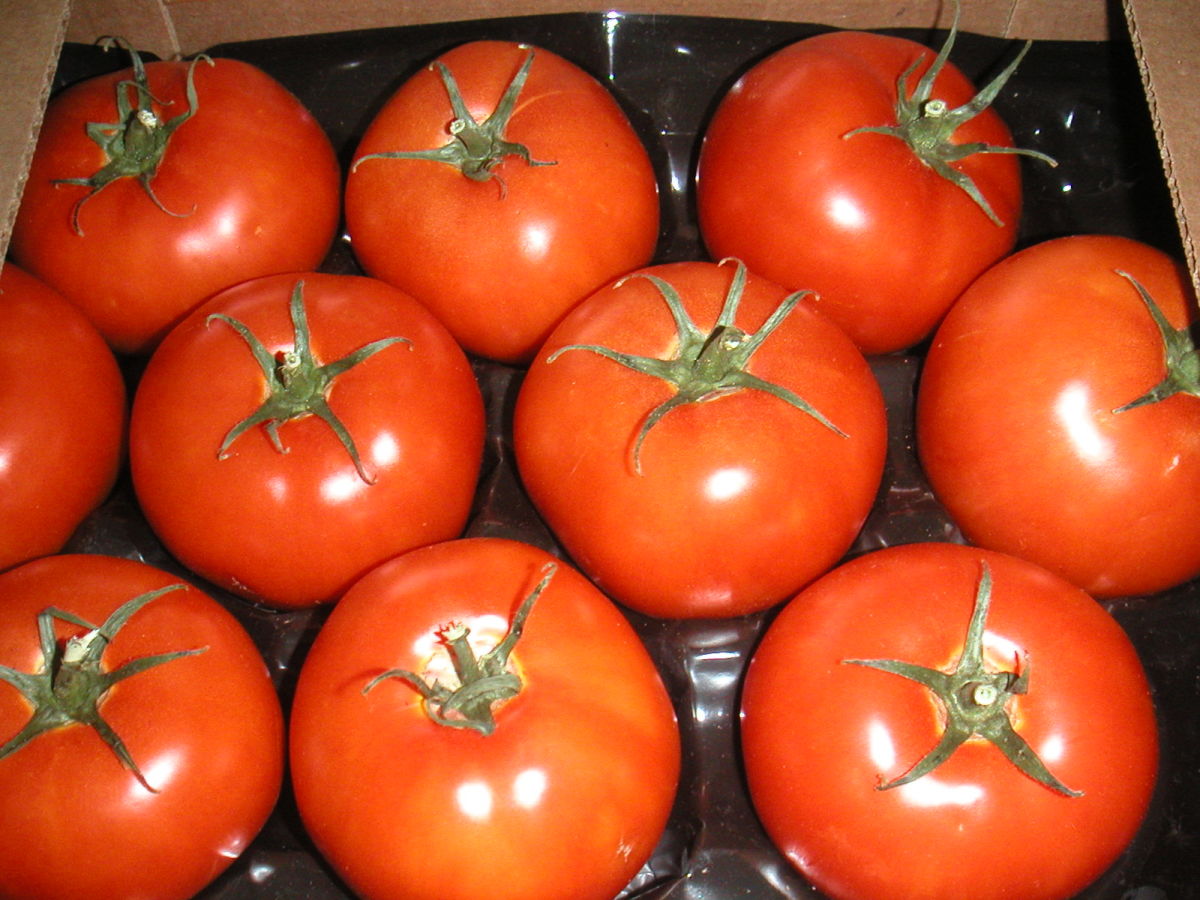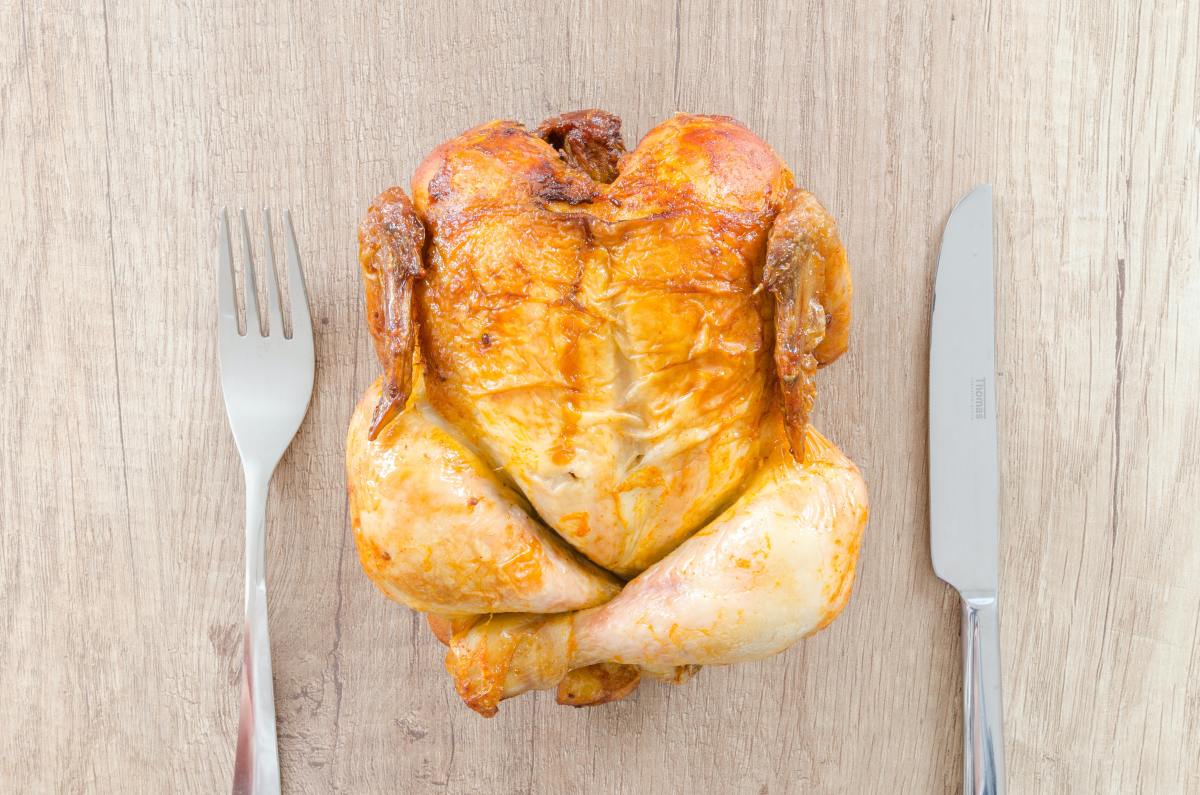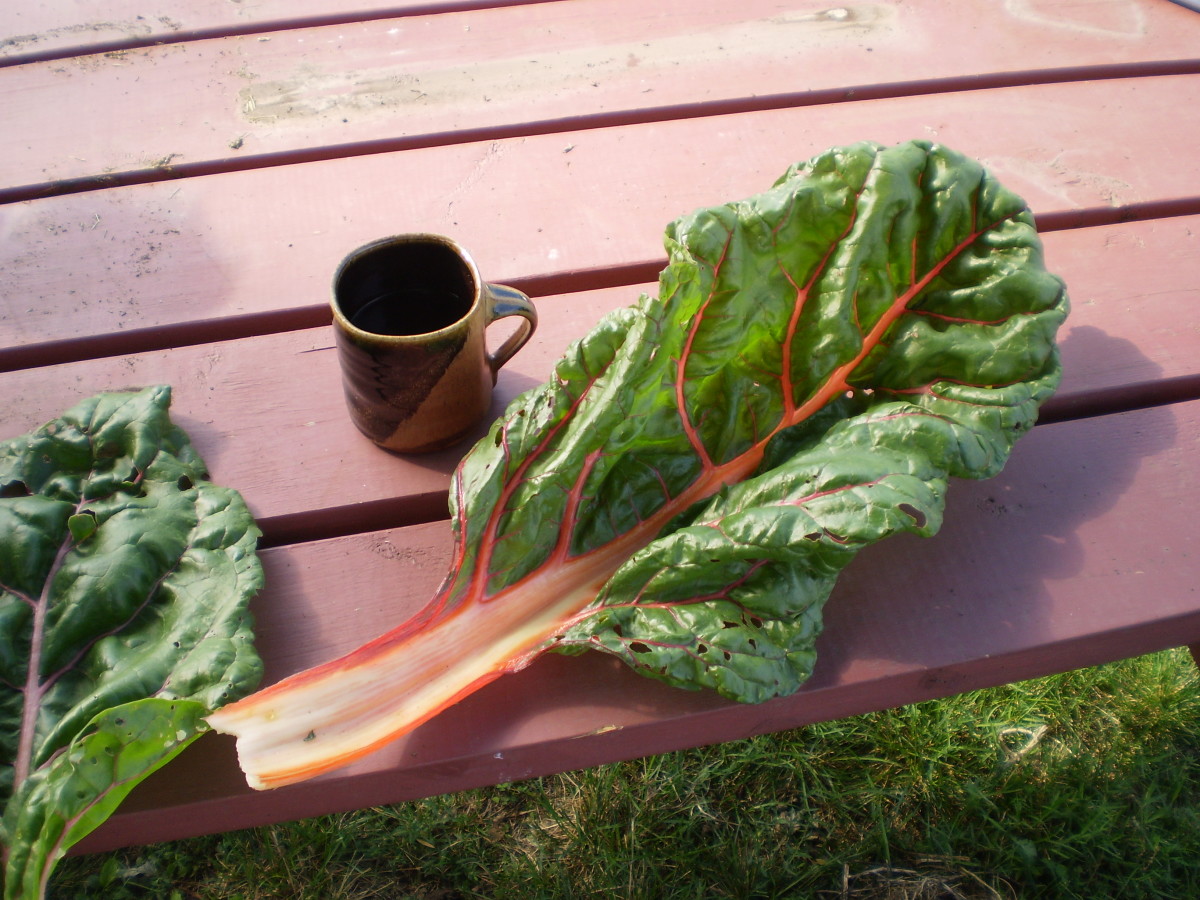How to Do Canning at Home
Home Canning
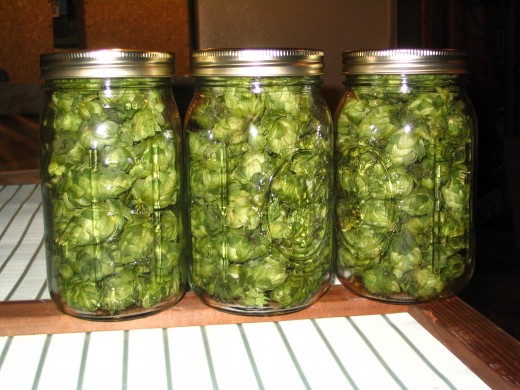
How Canning Enjoys New Popularity
Home canning is definitely enjoying something of a comeback these days. With rising food prices, the bad economy, and concern about additives in today's processed foods, it just makes good sense to return to this lost art form. Both my grandmothers were canning masters. I am old enough to remember a time when the majority of vegetables, and even meats were brought to the table via the hard work and care of family.
When canning is done properly, it is possible to preserve the taste and nutrition of food for up to two years or more without refrigeration. If canning is something you might be interested in - for whatever reason, here is a summary of what you will need and some canning tips to help you get you started.
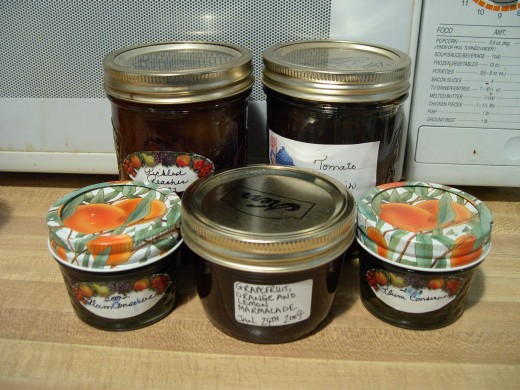
Essential Canning Supplies
- Pressure Cooker - a pressure cooker is essential for low acid food canning and can also be used for water bath canning of high acid foods like preserves. Just make sure that the pressure cooker is large enough to hold quart-sized canning jars with at least a couple of inches above the top of the jars.
- Lids - Lids are comprised of the ring and flat. New canning jars come with rings and flats. You can reuse the jars and rings, but new flats will need to be purchased for each new canning project.
- Tongs - Hot jars are a part of canning and you will need plastic covered tongs to handle them.
- Funnel - Whatever you can will need to be in liquid. A funnel is essential to keep spills to a minimum and to help keep the work area clean.
- A plastic knife or spatula - Trapped air must be removed from in and around the food. Plastic will keep you from accidentally breaking the jars.
Ready, Set, Go!
A clean work area, tools, and supplies are essential before you get started in earnest. Bacterial contamination, like dangerous botulism in improperly sealed or sterilized jars is a real concern, so make sure everything is spotless before you get started, and clean as you go. The food itself should be as fresh and clean as possible.
Depending on your recipe, you will possibly be adding pre-cooked or steamed food, water salt, vinegar, spices and/or other ingredients to your jars. Make sure the rings, flats and jars are completely clean and free from anything that can prevent the flats from sealing air-tight around the jars. These instructions are for low-acid foods, for high acid foods, you do not need to can under pressure, canning high acid foods, (like preserves), only requires that you submerge and cook the cans in boiling water.
Place the flats squarely over the tops of the jars and tighten the rings squarely over the flats - finger-tight only! Place enough water in the pressure cooker so that there is about 2" of water in the bottom of the cooker, (see the presser cooker manufacturer's recommendations). Place the jars in the cooker, leaving space around each jar, place the lid on the cooker and heat until boiling. Let the pressure cooker steam vent for at least 10 minutes before sealing the cooker. How you seal the cooker, either with a weight, or latches, will depend on the type of pressure cooker you have.
If you live below 1000 feet above sea level you will want to cook at 10 PSI, (pounds per square inch). Above 1000 feet sea level you will be cooking at 15 PSI. Pressure cooking allows the contents of the cooker to reach temperatures well above boiling and insures complete sterilization. Depending on the recipe and size and number of jars, you will be cooking for about 40 to 90 minutes or more. When cooking is complete, let the jars cool 15 to 30 minutes or until pressure naturally decreases and is low enough to release any residual pressure.
Use tongs to very carefully remove the cooling jars. as the jars cool, you should hear a satisfying "pop" as the flats are pulled tight by vacuum, and you will see a slight convex curve on the flats. When the jars cool, you can remove the rings and make absolutely sure that the flats are sealed around the tops of the jars and do not move around at all. The jars can then be stored without the rings. Discard or immediately consume any jars that did not seal properly.
That's the basic procedure, please review and familiarize yourself with specific details - which will depend largely on what you can. You will need to decide what you want to can and get some good canning recipes and ingredients. Here is a video that walks you through the basic procedure for canning fresh garden greens. Recipes are available on the web and maybe you even have a grandmother or aunt who will share her secret recipe for strawberry preserves!

